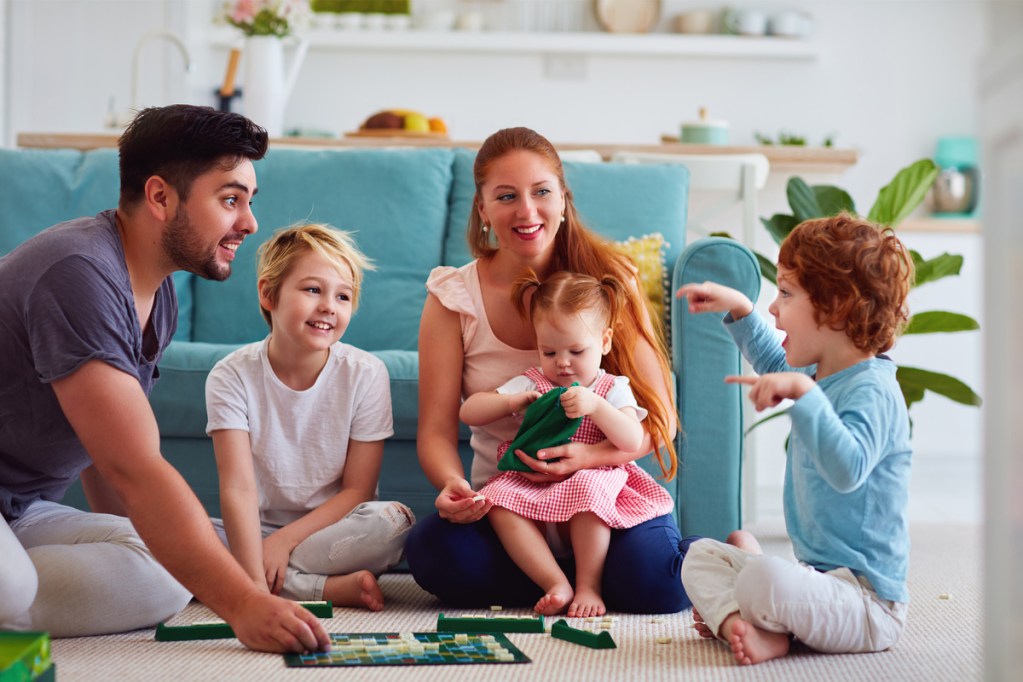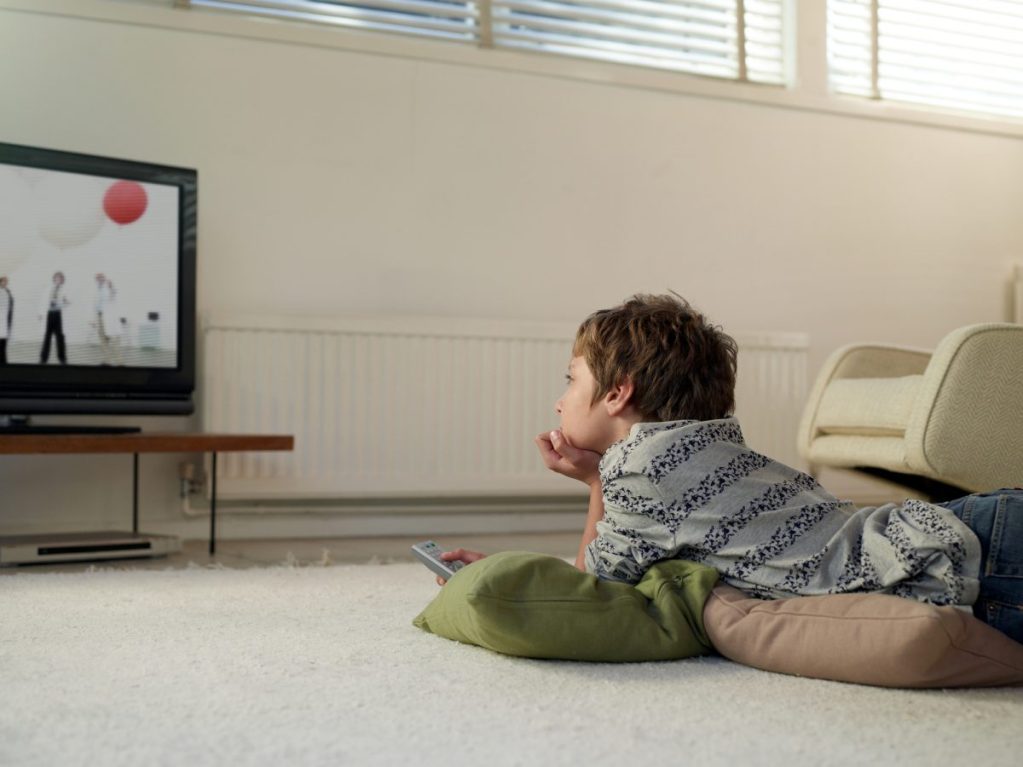
If you don’t have kids, it’s so easy to judge how someone else parents theirs. “I would never do that to my child,” or “My child wouldn’t behave that way,” or whatever thought pops into your head the second you see a child having a meltdown in the aisle at Target. But when you have children, it’s interesting to watch what parenting style another parent uses on their kid.
There are four main parenting styles for raising those little humans. Well, four that have been studied and researched, but these are the parenting styles used the most, so you’ll know where you land with your skills.

An uninvolved approach
Parenting style highlights
- Rarely checks in with the child’s emotions
- Little to no boundaries or rules for the child
- Parents don’t spend much time interacting with the child
We’ll start with what is sometimes called cold parenting. Uninvolved parenting is just how it sounds — not involved. The parents don’t always know where the child is or what they are doing, they aren’t active in the child’s school or extracurricular activities, and they don’t offer strict structure. The children almost fend for themselves. You could say there is an ’80s vibe to uninvolved parenting.
Children raised in this style tend to have issues maintaining healthy relationships as they get older, are more likely to struggle in school, and don’t have a good sense of self-worth since there wasn’t a lot of affection shown to them.

The permissive parent
Parenting style highlights
- Might set boundaries and rules but doesn’t enforce them
- Don’t believe in consequences
- More of a friend than a parent
Parents with a permissive attitude have a more open approach with their children. Parents using the permissive style let their children dictate the relationship, and the line between parent and child isn’t as clear. Permissive parents could take on the role of a friend instead of a parent, which makes things blurry for the children. There might be boundaries and there might be consequences, but they’re rarely enforced.
Kids raised this way could be seen as entitled since “no” isn’t something they are told often. Children with this upbringing are more prone to health issues like poor dental care and a lack of weight management.

The only authority
Parenting style highlights
- Parent thinks their way is the only way
- Don’t take into consideration the child’s feelings
- No warmth or affection toward children, just rules and obedience
Authoritarian parenting is when the adults take on the role of a ruler, and the children are the subjects that don’t get a say. That old-fashioned “my house, my rules” is how things are run in an authoritarian home. These parents use punishment to get their children to follow orders.
Children brought up this way tend to be the best liars since they’ve had to learn how to get out of being punished. Authoritarian households could produce kids who grow up to be angry, anxious people from having to hold all of that stress in growing up.

An authoritative environment
Parenting style highlights
- Let children explore independence under guidelines
- Have rules, but let children discuss their opinions
- Parents are in charge, but kids get to express their emotions and feelings
Parents who follow the authoritative style are in that sweet spot of giving children structure while caring about their thoughts and feelings. There are rules and there are consequences, but no punishments or one-sided “because I said so” declarations. Feelings are validated, and more in-depth conversations are had between the child and parent. The child knows their parent is in charge but also knows they are valued.
Kids brought up with authoritative parents are more well-rounded, have a healthy relationship with their parents into adulthood, and are overall happier people. Authoritative parents understand their children are their kids, but they are also people who deserve to be treated with respect and kindness.

More recent parenting styles
Research is focused on the main four styles, but there are always new ones popping up.
Here comes the helicopter
You have probably heard the term “helicopter parent” plenty of times at the playground. Those are parents who hover around their children nonstop instead of stepping back to let them figure anything out on their own.
Free-range children
If picturing chickens being herded around the farm by a sheepdog is playing in your head, you’re on the right track. Within the laws of the state the family lives in, the children are given the freedom to do as they please, under the parent’s supervision.
Be gentle
Gentle parenting is the newest parenting style having its time in the spotlight. There are countless TikTok videos showing parents struggling to “break the cycle” and gentle parent their kids. This one is like authoritative parenting, but with constant compassion and empathy.
There’s no reason why you couldn’t adapt your style between a mix of these, as each day brings new challenges as a parent. As your child grows up, you will probably have to switch back and forth throughout the day anyway, so it’s best to know the main parenting styles to make it through those first 18 years, or so.



